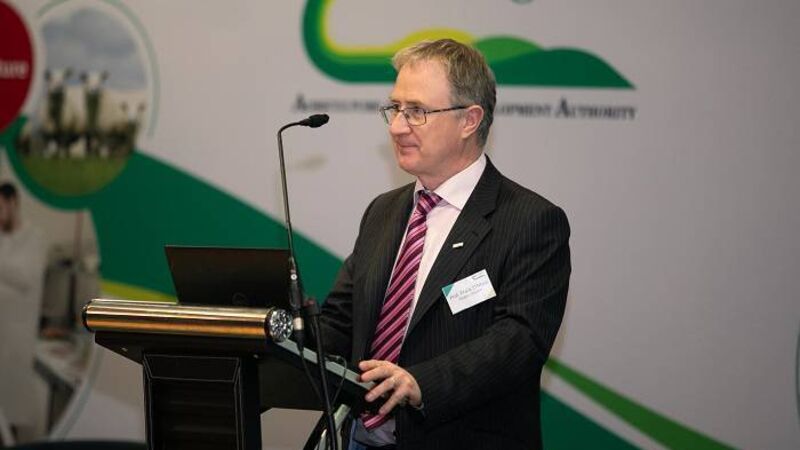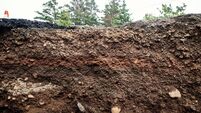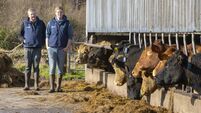Teagasc hosts major water quality conference

Frank O'Mara said abundant, clean water is a cornerstone of our society, our economy, and rural landscapes.
A major conference on water quality, organised by Teagasc, took place on Wednesday, October 29, in the Heritage Hotel, Killenard, Co Laois.
The event aimed to deepen understanding of the current policy, science, and practice around agriculture and water quality, and to explore lessons from the catchment approach taken in New Zealand.
Opening the conference, Professor Frank O’Mara, Teagasc Director, said: "We all want plentiful food which is safe, nutritious, high quality, and affordable, while returning a decent living to farmers. Abundant, clean water is a cornerstone of our society, our economy, and the rural landscapes that sustain food production. Marrying these objectives is a key focus of our work in Teagasc.
“It is clear that water quality must improve. Farmers have already taken on board a lot of measures and implemented many actions to improve water quality. Teagasc has a role to support them in taking further steps, in coordination with all other interested parties. In 2024, we launched the Better Farming for Water: Eight Actions for Change campaign to help farmers reduce the loads of nitrogen, phosphate, sediment, and pesticides entering our river network.”
The first session of the conference focused on Water quality policy and regulatory challenges for agriculture in Ireland and featured contributions from government departments and the EPA.
Dr Jenny Deakin, Programme Manager with the EPA, noted that overall water quality in Ireland continued to decline, despite improvements in some areas.
“All sectors have a role to play. Excess nitrogen and phosphorus losses from agriculture remain a key contributing factor. While there are many actions being undertaken across the sector to improve water quality, the scale and pace of implementation need to be increased.
"The EPA has updated our tools and maps to help target the right measures in the right places. Evidence shows that in the Priority Areas for Action, where actions are being targeted, there are greater levels of improvement in phosphorus concentrations than elsewhere. This highlights the progress that can be made when actions are well-targeted.”
The second session, Catchment science approach to improving water quality in an agricultural setting, examined both the New Zealand experience and the work of the Agricultural Catchments Programme in Ireland.
Professor Richard McDowell, Principal Scientist at the New Zealand Institute for Bioeconomy Science Limited, shared insights from New Zealand’s approach to improving water quality in agricultural catchments.
“Empirical evidence demonstrates that on-farm mitigation actions can improve surface- and groundwater quality when properly targeted, implemented, and maintained,” he said.
“The level of confidence in attributing observed improvements depends on data quality and analytical rigour. The five-step framework — target setting, action selection, implementation, monitoring, and attribution — provides a scientifically defensible process for linking farm actions to measurable freshwater improvements.”












